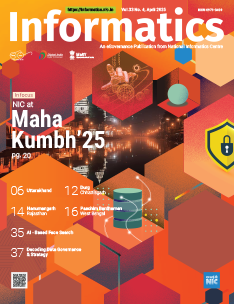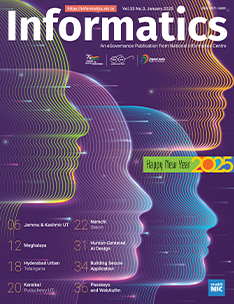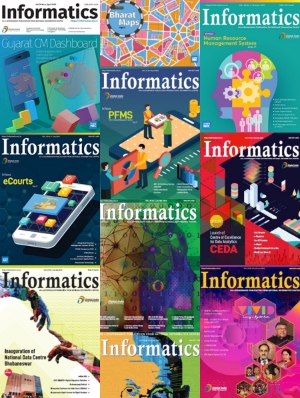CMS Driven Meghalaya State Portal Launched

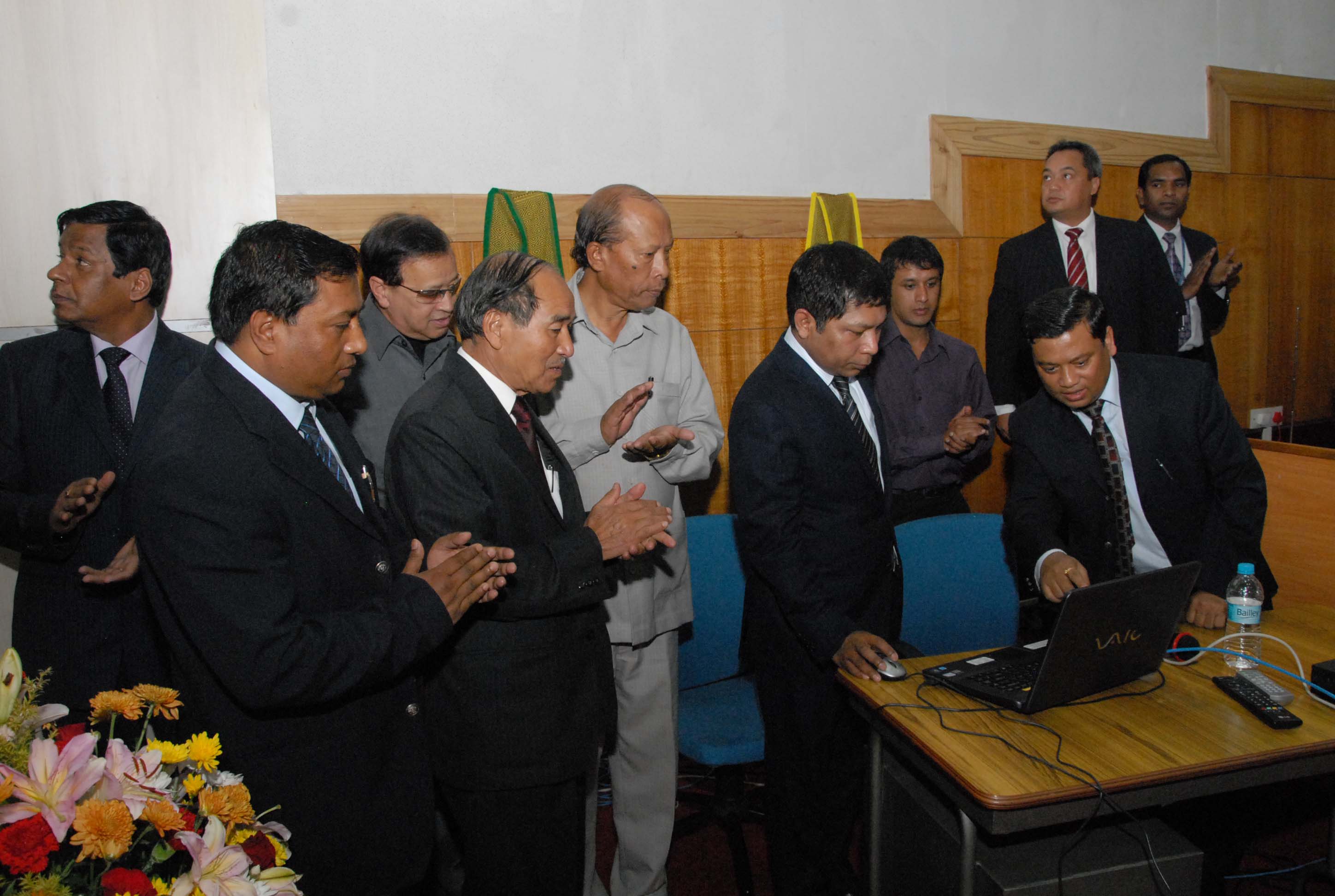
The performance report of the Government of Meghalaya was released on 3rd May 2012 at Shillong by the Hon’ble Chief Minister Dr Mukul Sangma. During this function the Chief Minister also launched the Meghalaya State Portal (meghalaya.gov.in or meghalaya.nic.in) and also the Meghalaya Online Citizen-centric Services Portal (meghalayaonline.gov.in). “We will ensure that the people of the State as a whole are benefited by this service and we will be extending the service up to the block level and beyond”, Dr Sangma said.
The Meghalaya State Portal - which is in web 2.0 format - is a core component of the State’s e-Governance infrastructure. Being the electronic face of the government, it serves as the first point of interface between the government on one hand and citizens and businesses on the other. It is a one-stop source of information pertaining to the state government. Meghalaya State Portal is a Content Management System (CMS) driven portal, and strictly adheres to the rubric of the State Portal Framework. Developed using Drupal (an Open Source Content Management System), the Portal permits each Department of the government to manage its department-specific contents. The contents can be managed in a highly collaborative environment. The portal was designed and developed with the support from Open Technology Centre, National Informatics Centre, Chennai (OTC-NIC).
The Meghalaya Online Citizen-centric services portal currently hosts around 19 online services for the citizens. These online services are linked to back-end applications which are accessible by officers at various line departments, thereby bringing in more transparency and efficiency to the Government machinery. The biggest benefit however would be to the citizen in that these online services will greatly reduce the number of times he needs to visit a department in order to obtain the service that he desires. SMS Alerts of acknowledgements, status reports are also built into these systems for the convenience of the citizens.




 Subscribe
Subscribe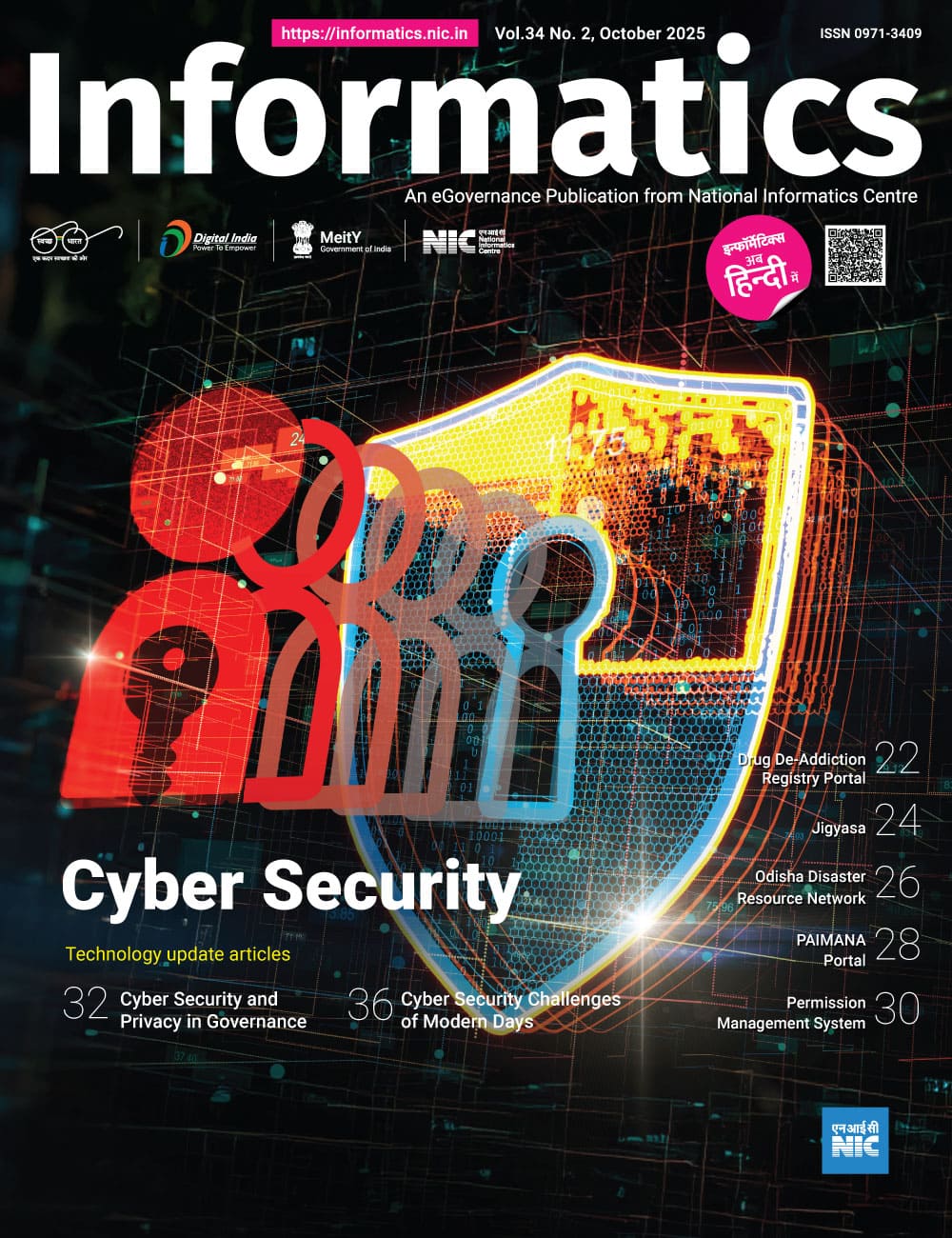
 Flipbook
Flipbook PDF (5.0 MB)
PDF (5.0 MB)
